Getting clip-in hair extensions that look natural isn’t just about length or texture-it’s all about the color. If your extensions are even slightly off, they’ll stick out like a sore thumb. No one wants to walk into a meeting or a date night with hair that looks obviously fake. The good news? Matching your natural hair color is easier than you think-if you know what to look for.
Start by checking your hair in natural light
Never pick a shade under fluorescent store lights or your bathroom bulb. Those lights lie. They make dark hair look black and blonde hair look yellow. Go outside, preferably in the morning or late afternoon when the sun is soft. Hold your natural hair up and look at it from different angles. Notice the subtle tones-do you have golden highlights? Ashy undertones? Reddish glints? These aren’t just details; they’re clues.
Most people think they have one solid color, but real hair has layers. Your roots might be darker than your ends. Your crown could be warmer than your nape. That’s normal. When you’re choosing extensions, you don’t need to match every single strand. You need to match the dominant tone in the middle section of your hair-the part that shows most when you wear it down.
Use a color wheel to decode your undertones
Every hair color has an undertone, and it falls into one of three categories: warm, cool, or neutral.
- Warm undertones have golden, red, or orange bases. If your veins look greenish, you tan easily, and you look better in gold jewelry, you’re likely warm-toned.
- Cool undertones are ashy, silvery, or bluish. If your veins look blue, you burn in the sun, and silver jewelry flatters you, you’re probably cool-toned.
- Neutral undertones are a mix-sometimes hard to pin down. You might have both golden and ashy strands. This is common, especially if you’ve dyed your hair before.
Match your extensions to your undertone, not just the base color. A dark brown extension with warm gold tones won’t blend with your cool ash-brown hair. It’ll look muddy. And a cool-toned platinum won’t look right on someone with golden blonde hair-it’ll look chalky.
Buy two shades instead of one
Here’s a pro tip most beginners miss: buy two shades-one slightly lighter and one slightly darker than your natural hair. Why? Because your hair isn’t one flat color. The top layers get more sun. The underneath stays darker. And if you’ve grown out your roots, there’s a gradient.
When you clip in your extensions, place the lighter shade on top and the darker one underneath. This creates depth and dimension. It tricks the eye into thinking your hair grew naturally longer. Brands like Remy, Bellami, and Great Lengths even sell two-tone clip-ins for this exact reason.
If you’re unsure, go with the lighter one as your main shade. It’s easier to blend a lighter extension into darker hair than the other way around. Darker extensions can look harsh if they’re too heavy on top.
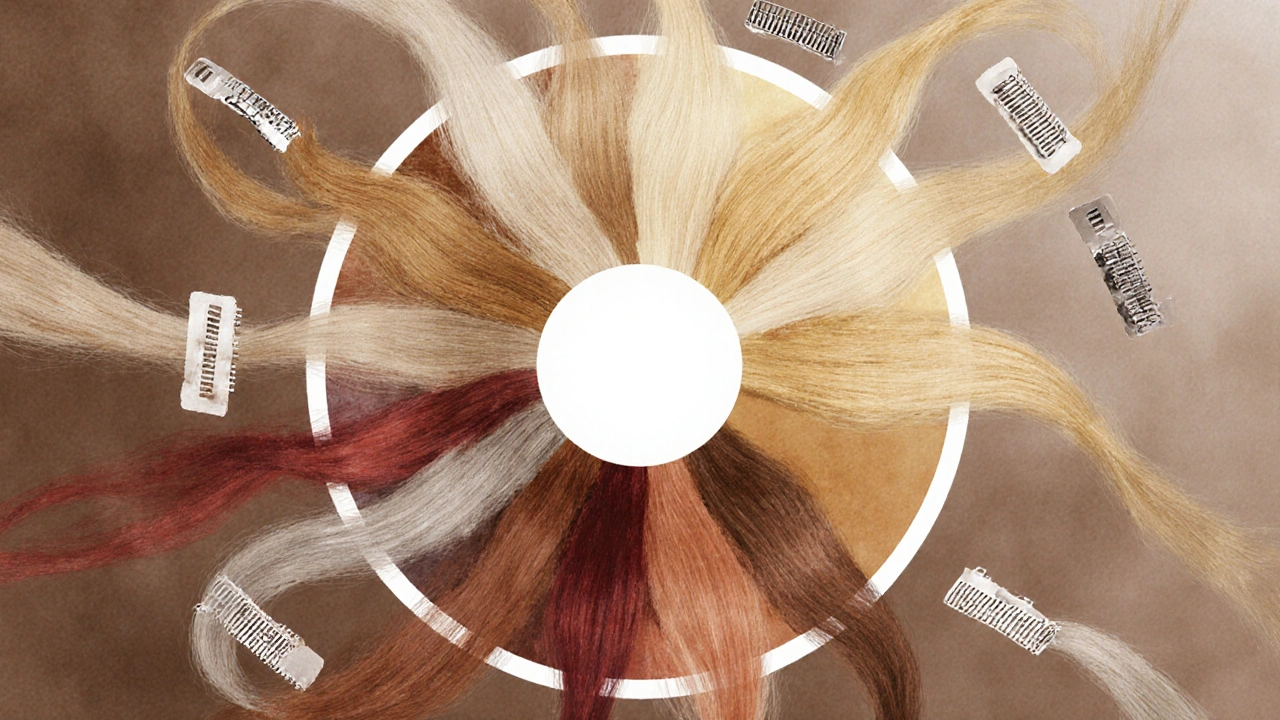
Don’t trust online photos
That beautiful honey-blonde extension you saw on Instagram? It might look totally different on your head. Screens vary. A photo taken in sunlight on a phone can look ten shades lighter than reality. Even the same brand’s color name can vary between batches.
Always ask for physical swatches before buying. Reputable sellers will send you small strands of hair in the shade you’re considering-free of charge. Hold them next to your own hair in natural daylight. Look at them side by side for at least five minutes. Move your head. Squint. See if they disappear or stand out.
If you can’t get swatches, look for sellers with a return policy. Some let you try the extensions for 14 days. That’s your safety net.
Consider your hair’s condition
If your natural hair is bleached, damaged, or has highlights, you can’t just match the base color. You need to match the overall look, not just the root shade. For example, if your hair is a faded balayage with sun-kissed ends, a single solid extension will look like a wig. In that case, look for extensions with multi-tonal strands. These mimic the natural variation in your hair.
Some brands offer “lived-in” or “gradient” extensions-where the color fades subtly from root to tip. These work wonders for textured, highlighted, or chemically treated hair. They’re not always labeled clearly, so check product descriptions for phrases like “natural ombre,” “hand-tied highlights,” or “multi-dimensional color.”
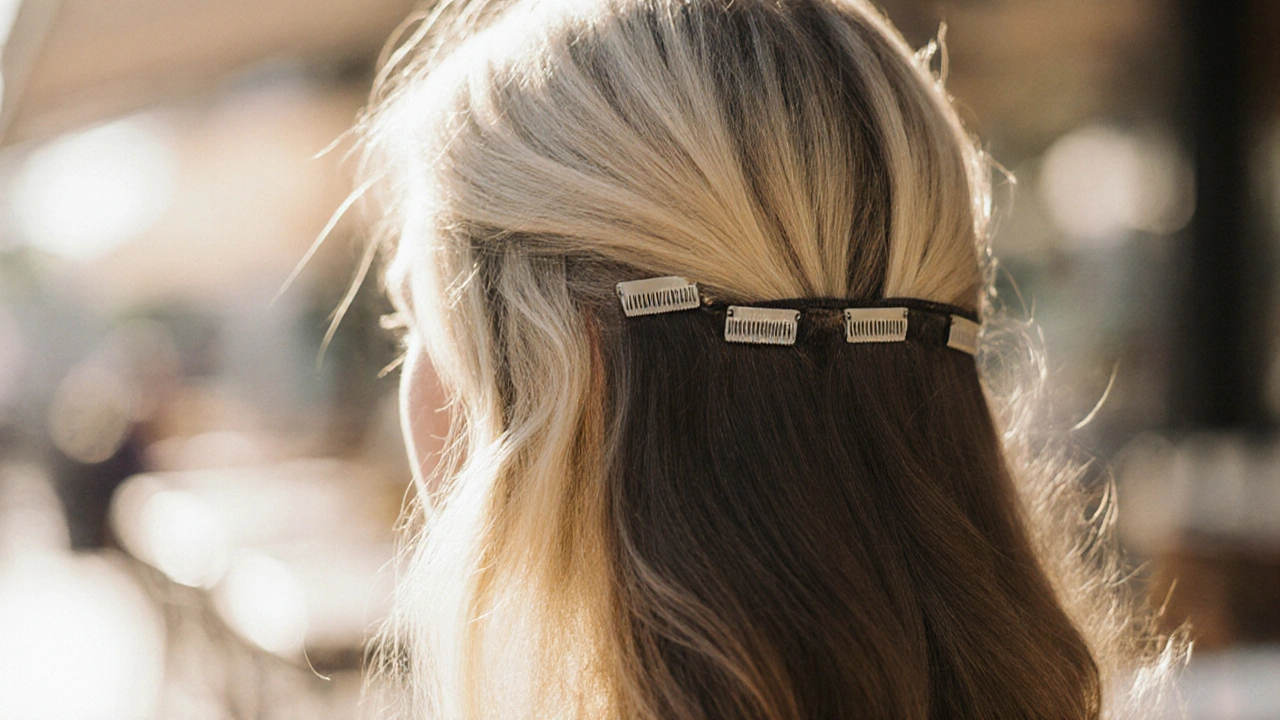
Test before you commit
Don’t just buy and go. Try your extensions on before a big event. Put them in at home, in natural light. Walk around. Take selfies from different angles. Ask someone you trust for honest feedback. Do they notice the extensions? Or do they just say, “Wow, your hair looks amazing today?”
If they notice, the color’s wrong. If they don’t, you nailed it.
What if you get it wrong?
It happens. You ordered a shade that looked perfect online, but now it’s too red. Or too ashy. Or too bright. Don’t panic.
If the color is only slightly off, you can tone it down. Use a purple shampoo for brassy blonde extensions. Use a blue-based shampoo for orangey reds. These won’t change the color completely, but they’ll soften it enough to blend better.
If it’s way off, return it. Most high-quality brands offer returns or exchanges-even if you’ve worn them once. That’s because they know matching color is the biggest hurdle.
And if you’re still stuck? Book a consultation with a salon that specializes in extensions. Many offer color matching services for $25-$50. That’s cheaper than buying three wrong sets.
Final checklist: Before you buy
- Check your hair in natural daylight-not under a lamp.
- Identify your undertone: warm, cool, or neutral.
- Buy two shades: one lighter, one darker than your base color.
- Request physical swatches from the seller.
- Look for multi-tonal or gradient extensions if your hair is highlighted or damaged.
- Choose a brand with a return policy.
- Test the extensions at home before wearing them out.
There’s no magic formula, but there’s a method. And once you get it right, you’ll wonder why you ever worried. Your extensions won’t just blend-they’ll look like they’ve always been there.

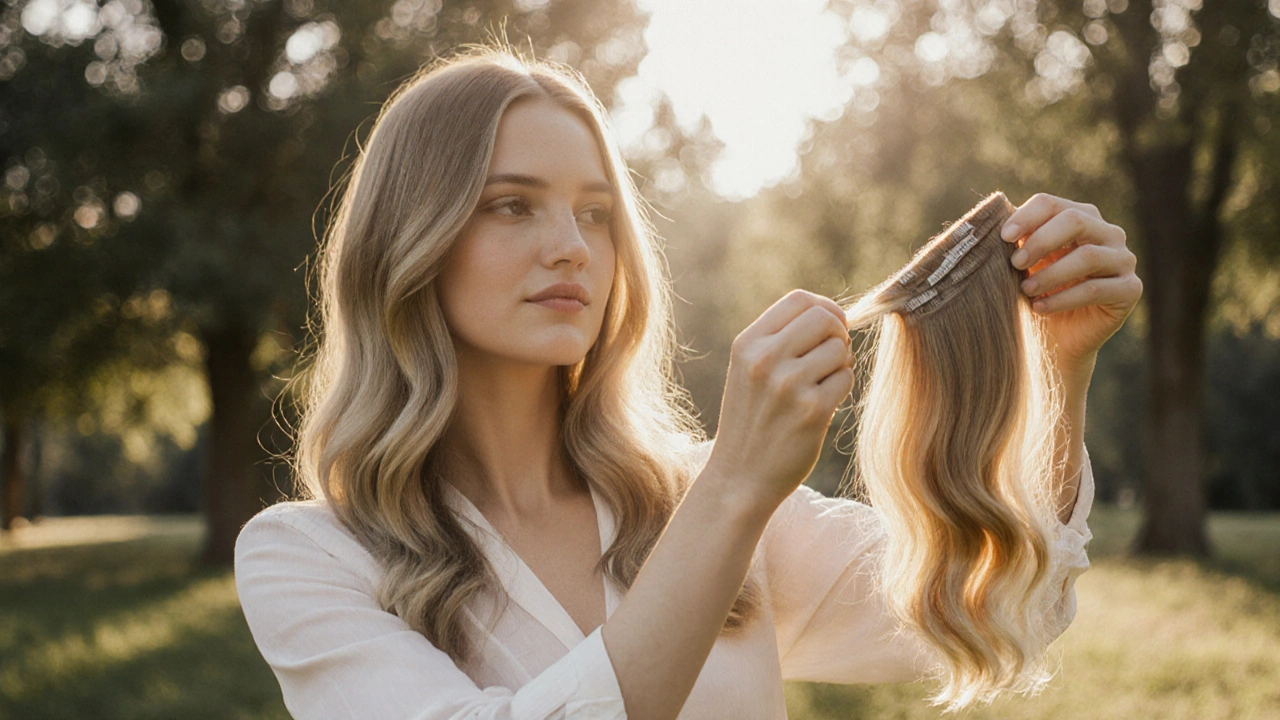
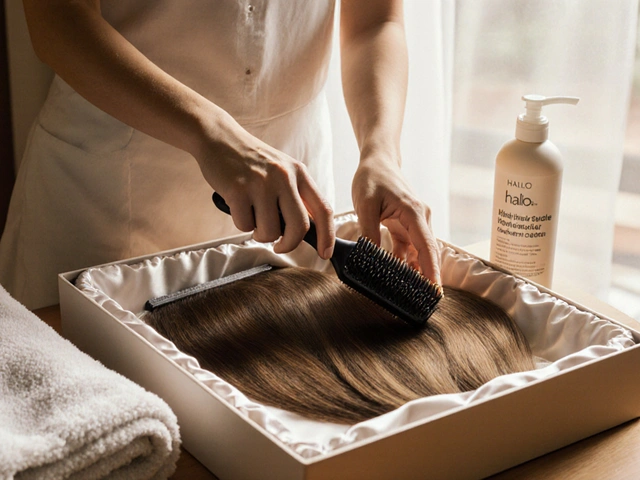
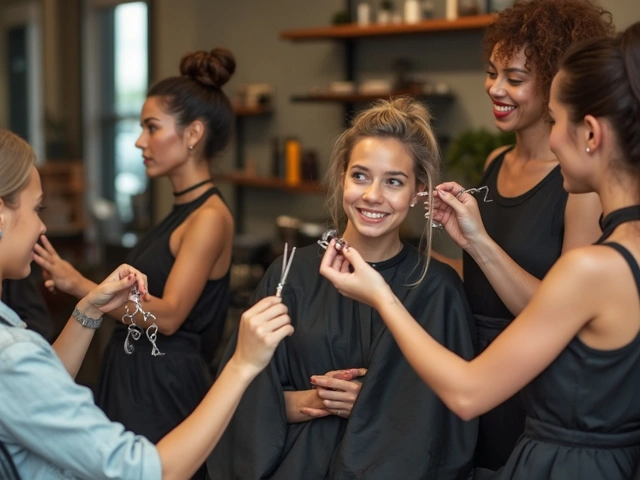
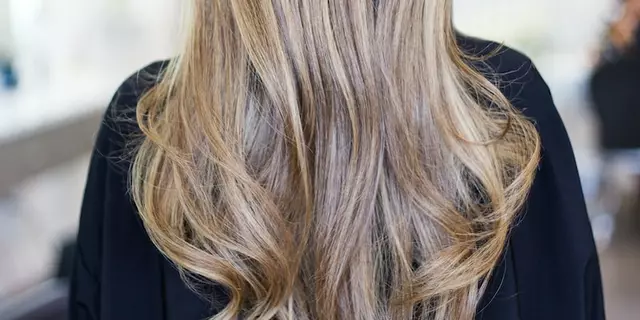
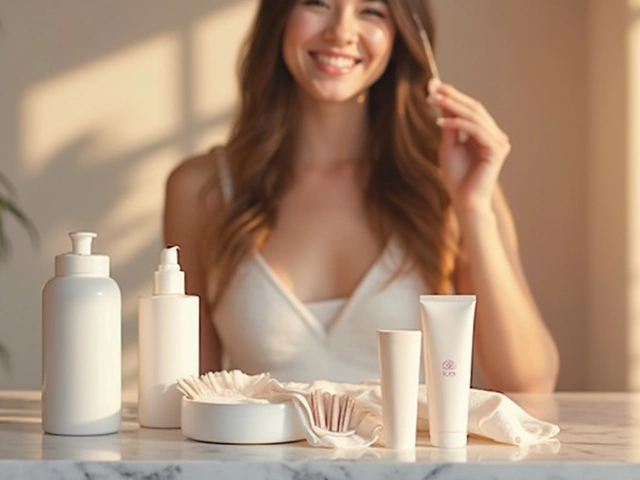
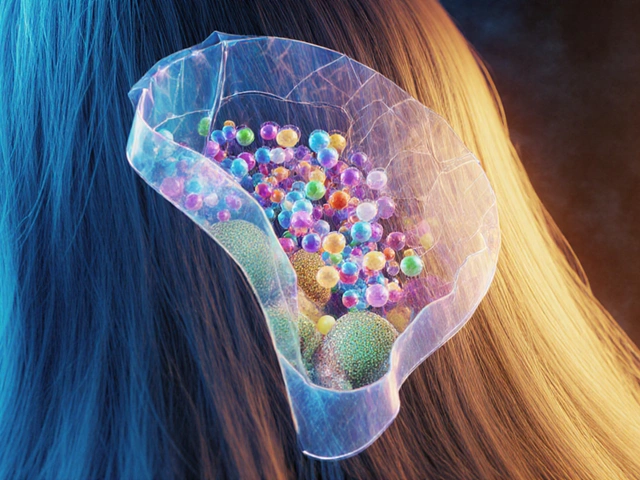
Chris Heffron
October 29, 2025 AT 11:16Adrienne Temple
October 29, 2025 AT 19:31Sandy Dog
October 30, 2025 AT 20:22Nick Rios
October 31, 2025 AT 14:21Amanda Harkins
November 2, 2025 AT 07:23Jeanie Watson
November 3, 2025 AT 16:00Adithya M
November 3, 2025 AT 22:33Aaron Elliott
November 4, 2025 AT 15:48Donald Sullivan
November 5, 2025 AT 15:09Tina van Schelt
November 6, 2025 AT 11:02Ronak Khandelwal
November 7, 2025 AT 01:52